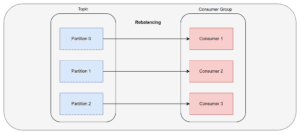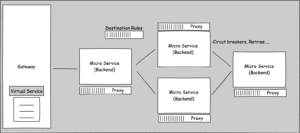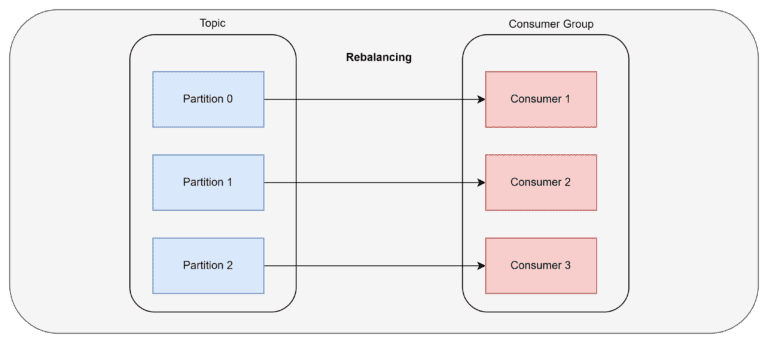The practise of allocating financial resources to support an organization’s information technology goals and initiatives is known as IT budgeting. IT budgeting is critical for ensuring that IT departments have the funding they need to run efficiently, accomplish business objectives, and add value to the organisation. Effective IT budgeting requires striking a balance between investing in strategic IT initiatives that promote business growth and managing expenditures to guarantee resource efficiency. Maintaining alignment with organisational goals requires a regular evaluation and adjustment of the IT budget based on performance and changing business priorities.
Assessment: Begin by compiling data on your IT assets, present spending, and prospective IT initiatives. Include the costs of technology, software, human resources, maintenance, and any potential investments.
Define Goals: Determine your IT department’s goals and objectives for the budgeting period. Consider increasing production, upgrading infrastructure, or assisting with new projects.
Create Categories: Break your IT expenses into the categories like employees, hardware, software licences, maintenance, training, and contingency funds. This makes budgeting easier.
Review Past Expenses: Analyse previous IT budgets and expenses to uncover trends and cost-cutting opportunities.
Cost Estimation: Estimate the estimated expenses for each category. Close coordination with IT heads and professionals who can throw light on unique demands and requirements may be required.
Prioritize: If you have several IT initiatives planned, prioritise them based on their importance and alignment with the organization’s goals.
Allocate Budget: Assign budget to each category and project based on their importance and expected expenses. Consider unanticipated expenses and emergency cash.
Review and Modify: Review the budget with key stakeholders and make any required changes. Ascertain that it is consistent with the general plan of the organisation.
Monitor: IT spending should be rigorously managed throughout the budget term once it has been approved. Use budgeting software or tools to track expenses in real time.
Reporting: Provide monthly updates to stakeholders on IT expenses, including any variations from the budget. This transparency allows for more informed decision-making.
Adapt to Changes: IT budgeting is not a static process; it must be responsive to changing circumstances. Prepare to revise the budget if new IT requirements or unexpected expenses arise.
Post Budget Analysis: Conduct a post-budget analysis after the budget period has ended to see how closely actual expenditures matched the budget. Use this information to improve future budgeting processes.
Key Budgetary Enablement Metrics
Total IT Budget: The total budget allotted to the IT department, including both operational and capital expenditures.
Operating Expenses (OpEx): These are ongoing costs associated with IT operations such as Salaries, utilities, software licences, and maintenance contracts
Capital Expenses (CapEx): These are the expenditures associated with large IT investments, such as the acquisition of new servers, infrastructure upgrades, or custom software development.
Return on Investment (ROI): Determine the ROI for IT projects by weighing the advantages (such as increased income and cost savings) against the costs involved.
Cost per User or Device: Calculate the cost of IT services and support per user or device to assess efficiency and discover potential cost-cutting solutions.
IT Project Budget Variance: Determine budget overruns or savings by comparing actual IT project expenses to anticipated costs.
IT Service Level Metrics: Maintain a record of service level agreements (SLAs) and performance metrics to verify that IT services meet agreed-upon standards and bring value to the organisation.
IT Security Metrics: Assess the effectiveness of cybersecurity activities, such as metrics for detecting and mitigating security incidents and vulnerabilities.
IT Project Success Metrics: Evaluate the success of IT projects based on predetermined success criteria such as project completion on time and under budget, user happiness, and achievement of project objectives.
Cost Savings and Avoidance: Track and report on cost-cutting actions implemented by the IT department, such as renegotiating vendor contracts or optimizing infrastructure.
In conclusion, IT budgeting is essential for organisations to effectively manage their IT investments and resources. It plays a crucial role in aligning IT initiatives with strategic business objectives, optimising expenditures, and ensuring the IT department has the resources it needs to support the organization’s operations.





















